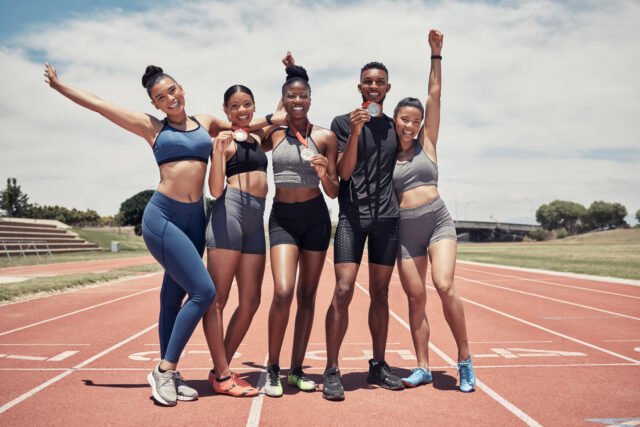
Recent shifts in Name, Image, and Likeness (NIL) policies and the introduction of the transfer portal, present a complex mix of challenges and opportunities for student-athletes, colleges, and the broader ecosystem of college athletics.
Since June 2021, NIL collectives have empowered athletes to earn from endorsements, appearances, and social media, a stark contrast to previous NCAA restrictions. This shift brings to light concerns over equity, with disparities in compensation threatening the balance of college sports. Simultaneously, the transfer portal offers athletes unprecedented flexibility to change schools, sparking debates over its effects on team cohesion and the traditional college sports model.
The discussions around creating a college football super league, with proposals for “permanent” members and a promotion-relegation system, introduce a radical yet contentious possibility for reimagining the structure of college football. These ideas, reflective of broader desires for a more equitable landscape, confront the realities of billion-dollar TV deals and the logistical challenges inherent in such drastic reforms.
For athletes, the NIL policies and transfer portal navigate a spectrum of emotions — from the exhilaration of personal brand building to the anxiety of potentially destabilizing team dynamics. Coaches and administrators, too, face the dual challenge of embracing these changes while safeguarding the integrity of collegiate sports.
Behind-the-scenes, the push for a college football super league or a new subdivision for high-resource schools reveals the complex negotiations and strategic planning involved in navigating college sports’ future. Social media and online forums buzz with reactions, from passionate support to critical skepticism, illustrating the broad spectrum of viewpoints among fans, athletes, and administrators.
As we consider the future of college athletics, questions loom large. Will the NIL policies and transfer portal ultimately enhance the collegiate sports experience? Or might they sow division, undermining the very ethos of amateurism and team allegiance? The potential for a super league or a restructured subdivision invites us to ponder the long-term implications of these shifts.
The evolving landscape of college athletics stands at a crossroads. Amidst the debates and proposals, the central goal remains — to forge a future that honors the legacy of college sports while embracing the realities of modern times. As we navigate this journey, the ultimate challenge will be to balance the diverse interests at play, ensuring a fair, equitable, and exciting path forward for all involved in the storied tradition of college athletics.



